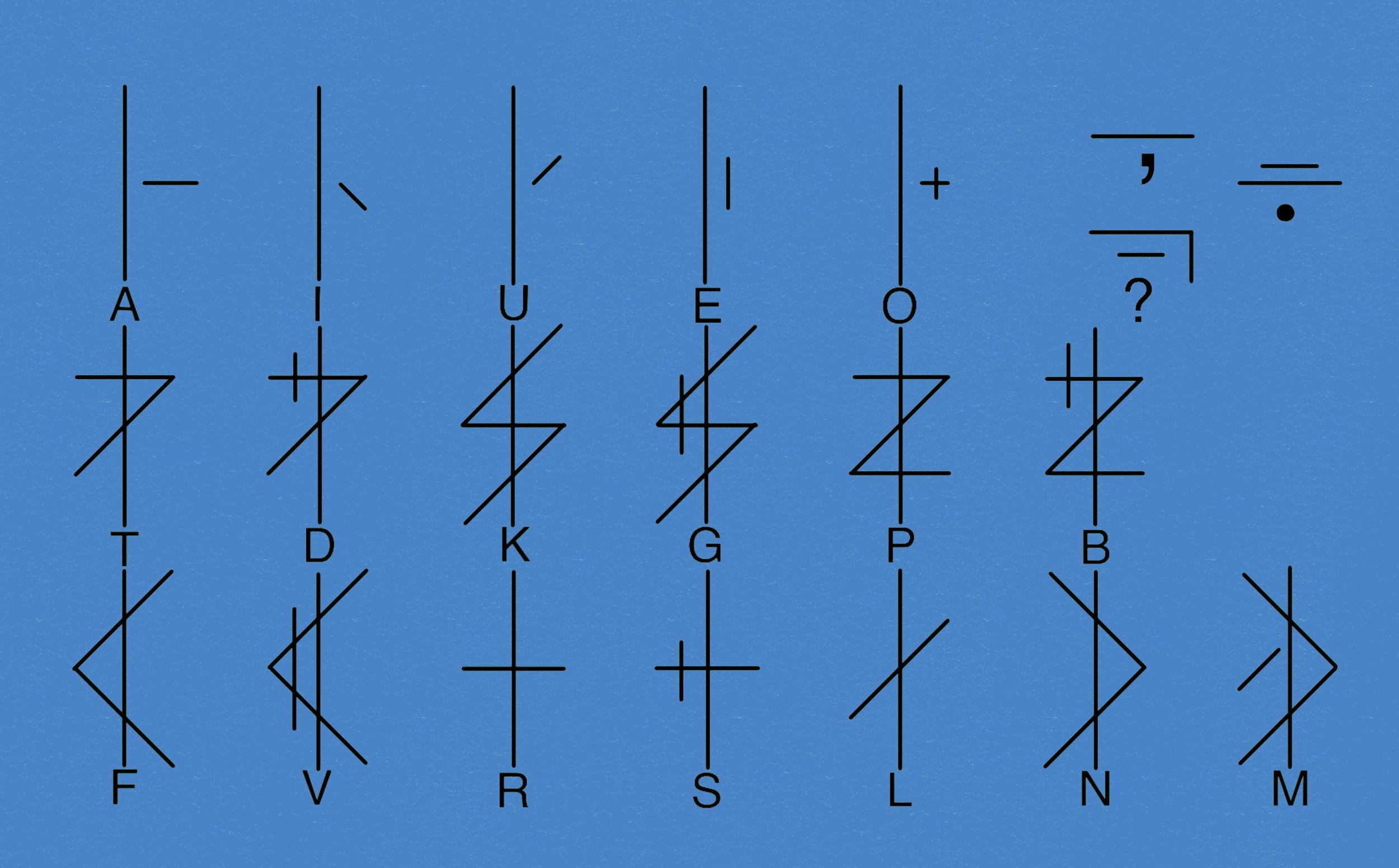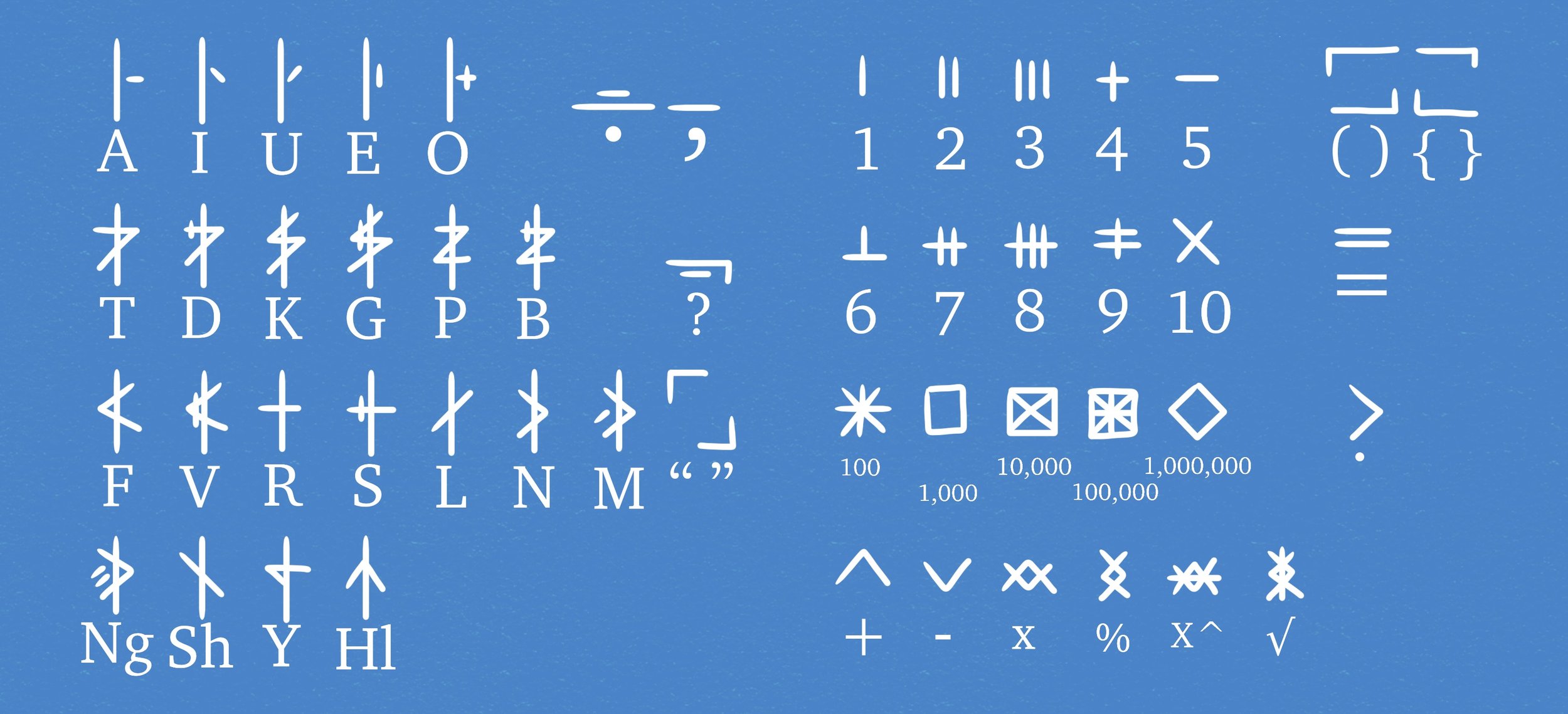
Welcome to Si’irin! Sava en si’irin!
The first part of learning a language is how to read it. With Si’irin this is not very difficult. Si’irin has two form that it can be written, a native writing system that is explained below and shown in the examples page. Its second system is an adapted written for with English. For all examples and explanations other than the native writing itself I will use the English version.
Si’irin adapted script is fairly easy to read, each letter is almost exactly said like it is in English. The small exception is that the letter R can be pronounced in a rather loose way, it is most often pronounced as an Alveolar tap or [ɾ]. It can also be a rolled R or a voiced Alveolar trill [r].
The other detail is the apostrophe ’ represents the glottal stop [ʔ]. while this symbol is not written in the native writing system its written in the adapted system so that vowels are non-ambiguous.
This is the modern style of the Si’irin script, it’s a sans serif fount ( with a slightly different context for being sans serif). It follows the same look as the traditional style but with clean angles and lines.
This is the traditional written style of Si’irin script, it is written with a thin brush and ink, it can also be made with a pencil or pen and founts exist to emulate the look and style of the traditional form.
For both scripts they are connected vertically, this can be seen in the examples page. A brief example in white is to the right as well.
The alphabet is spoken like this and is in this order “Ma, Na, A, Ka, La, Pi, I, Ta, Da, Ga, U, Ba, Ra, So, O, Fa, Vi, E.”
Here is a more in-depth list of characters, with the basic letters, some extra letters used very rarely, the punctuation marks, the numbers, and other math symbols.



